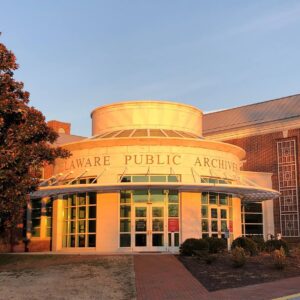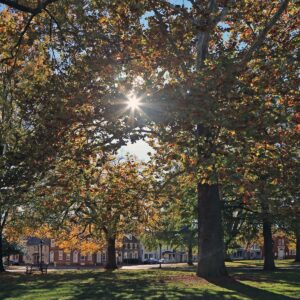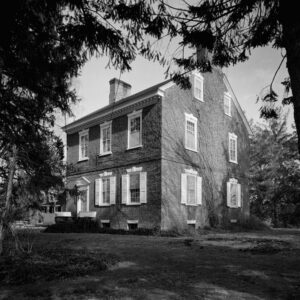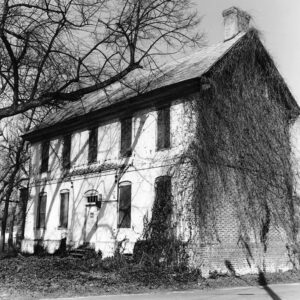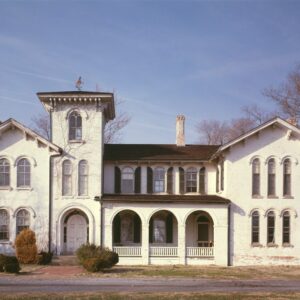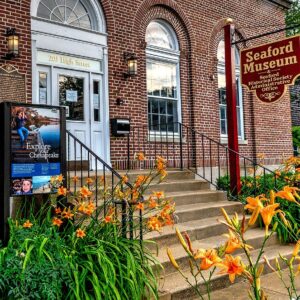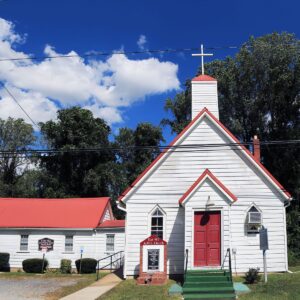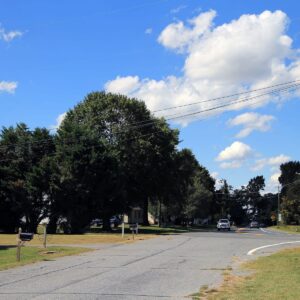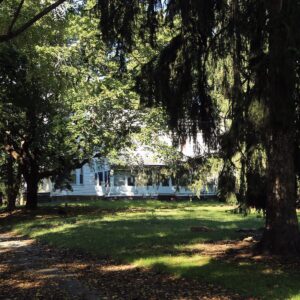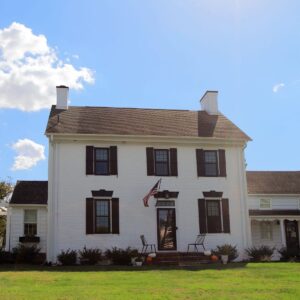Evocative, historic landscapes such as the Dover Green help to tell the Underground Railroad story. Three buildings on its eastern edge were directly associated with important legal actions related to enslavement. In the Old State House, built in 1792, the abolition of slavery was often debated and defeated. Petitions to relax the “Black codes” that...
Author: URCD (C M)
Mordington Mills
Historical Significance Built in 1790 by James Douglass, the house called Mordington Mills was a place of enslavement and escape in central Kent County near the town of Frederica, Delaware. This mill seat was developed near present-day McCauley’s (aka McColley’s) Pond. The house was constructed in an elegant Georgian style that indicated the wealth of the Douglass family...
Governor Ross Plantation – Seaford
Once part of a large farm in Seaford, Delaware, this two-story brick mansion was completed about 1860 by William Henry Harrison Ross (1814-1887), a farmer and the 37th governor of Delaware, for his family. The property included 14 enslaved persons who labored on the farm. Ross overtly supported the Confederacy and was suspected of selling...
Seaford Museum – The Tilly Story
The Tilly Escape Harriet Tubman’s mission to rescue “Tilly,” an enslaved woman living in Baltimore, was one of the most harrowing and complicated of her 13 rescue missions, taking her from Canada to Baltimore and then through Seaford, Delaware. Harriet Tubman was contacted in St. Catherine’s, Ontario, by a man who had claimed his freedom...
Star Hill AME Church & Cemetery
One important theme on the Harriet Tubman Underground Railroad Byway is the growth of free Black communities. These enclaves were important to the security, prosperity, and cultural preservation of African Americans, as well as to people fleeing enslavement through the Delaware landscape. Places where help could be found became known by word of mouth. Star...
Happy Valley Postlethwaite
From 1853 to 1862, Happy Valley was the home and farm of Quaker John Hunn, a key operative of the Underground Railroad from 1845 until the Civil War. Located at the southern end of the site of the Franklin Niel Postlethwait Middle School property, near Cypress Branch Creek, Happy Valley was a 280-acre farm straddling...
Wildcat Manor
Locally known as Wildcat Manor, the property that is Kent County’s Hunn Nature Park had an earlier name, Forest Landing. Located as far along the St. Jones River as sizable ships could go, Forest Landing was in use as early as the 1740s. It was purchased in 1761 by Quaker brothers, Jonathan and Nathaniel Hunn,...
Great Geneva (School)
Great Geneva was the finer of the two homes built by the Hunn family of Kent County at the large tract called Forest Landing. This home relates to the Underground Railroad in its importance in the life of abolitionist and Underground Railroad agent, John Hunn, a Quaker, who was dubbed “chief engineer” of the Delaware...


